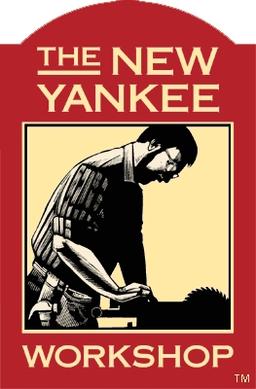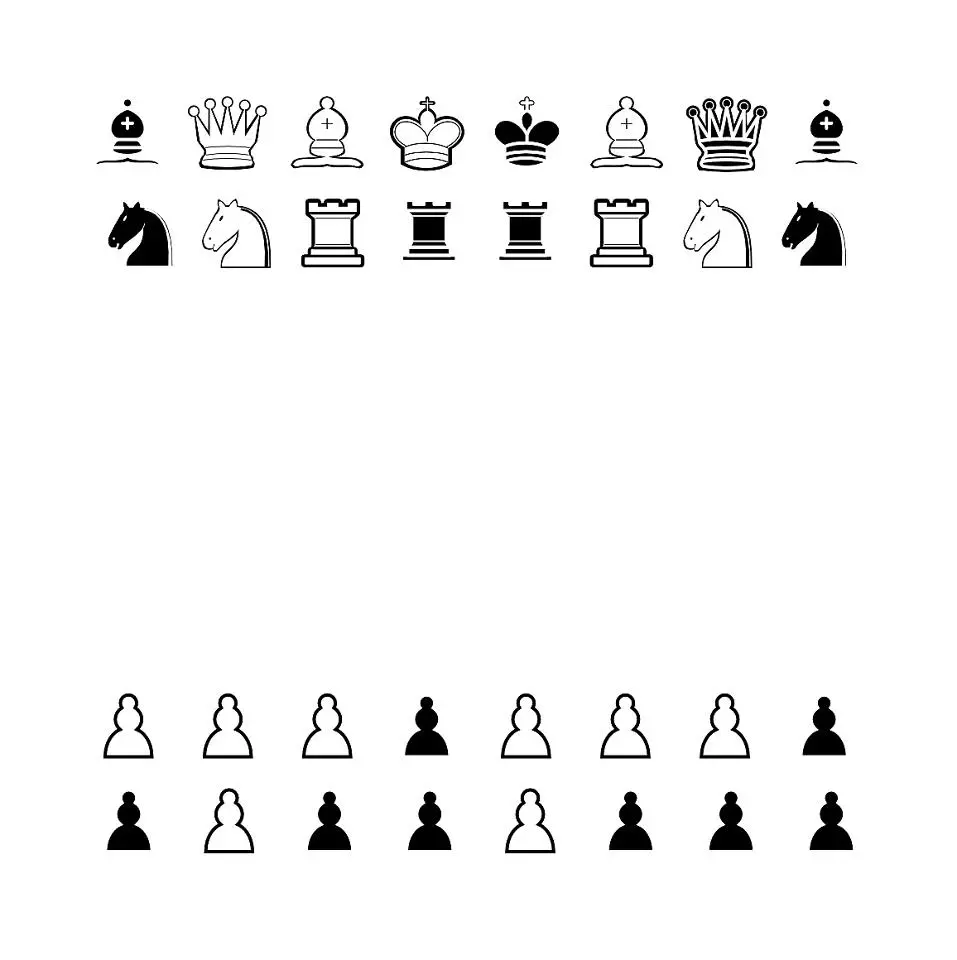Or at least, a side table. What is the process of doing that? I have basic hand tool for working on some other small project, a small circular saw(that attached to a marble cutter), and an electric planer, what else would i need?
It needs to dry for a while before it can be worked.
Yup, at least a year and probably more, and it will split because that’s what giant “cookies” like this do.
you can cut a radius line to at least protect the part of the pattern that pleases you most. Instead of splitting arbitrarily from a couple of places, the wood will just widen the cut and dry relatively intact
like this ☞

but with a slab like this, i would have rather cut a diameter to try to keep one side intact (or 2 sides)

You can get some wax paint that’s supposed to prevent checking, but it didn’t help with some logs I was drying.
That can help a lot with linear boards, but if you try to force this thing to dry only through the side grain, it’s almost literally never going to dry.
The other poster who recommends guiding the checking is onto something, but “rustic” (or something building upon that) is really going to be the only viable aesthetic here.
Yeah, i did a bit of search and like the other user said, it’s gonna take 1 year and up. I didn’t consider it would crack though.
Hot take. Your best shot at turning this into a usable food grade cutting board is to mill it into 1x chunks now while it is still wet. Then stack those chunks for drying. They’ll get a little warped and shrink during drying but checking should be greatly reduced. Then once dry glue em up into rows and run them through a planer. Then glue those planed rows together and plane that. Square of your edges. Hit it with the router and sander. Then soak in mineral oil. You should now have a decent end grain cutting board.
This was a simplified take, but that’s the jist of it.
Do you know what kind of wood it is? Some may be too soft for a cutting board or even make you sick if they come in contact with food.
When OP said chopping board I thought he meant to chop or saw wood on.
Yeah I guess I just assumed they meant for food
Looking at OP’s responses, I think your assumption is correct.
I had some Manitoba Maples cut down that looked like this.
Kinda looks like it could be but never hurts to be safe if OP can confirm. Maple would be fine for a cutting board or table btw.
Have absolutely no idea what wood this is, maybe i’ll work it into other stuff considering the safety of it.
I thought it was a cured ham
i get that a lot too
Yeah, drying cross-sections like that is supposed to be really tricky. But assuming you get it dried without it splitting all over the place, I’d use a router sled to surface it, then sand it to finish.
My plan is to use the electric planer and slowly work to flatten it, but router seems like a more viable way to do it. Maybe i’ll get one once the wood dried…in a year or so.
By electric planer, do you mean a handheld planer, or a pass through planer? If you mean the pass through kind, then that’s probably fine, but you might have a problem with it taking chunks off the edges, due to the orientation of the grain.
If you are just doing a single slab, building and setting up a router sled is more work than doing it with a hand plane, manual or electric. So I would go that route if possible.
That being said, it’s going to crack as it dries unless you cut it before it starts shrinking.
Hand electric planer like the other user posted.
That being said, it’s going to crack as it dries unless you cut it before it starts shrinking.
Where should i cut it to prevent that?
Power planer:

Nothing stopping you from chopping stuff on it right now!
Get to work, chop chop!
I mean, I wouldn’t want to cut food on it but anything else is fair game 👍






